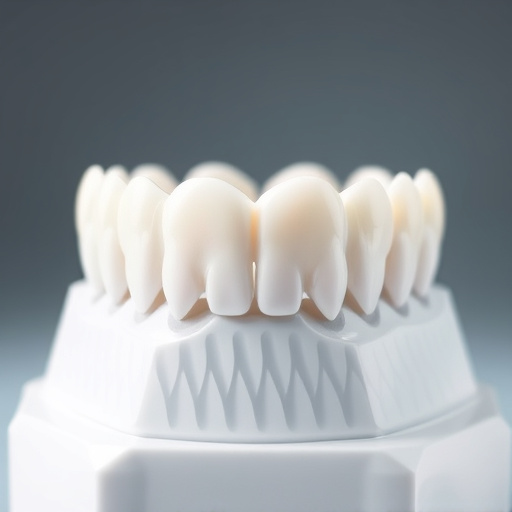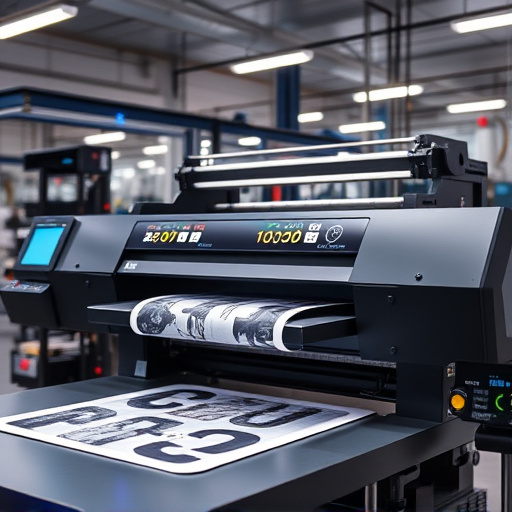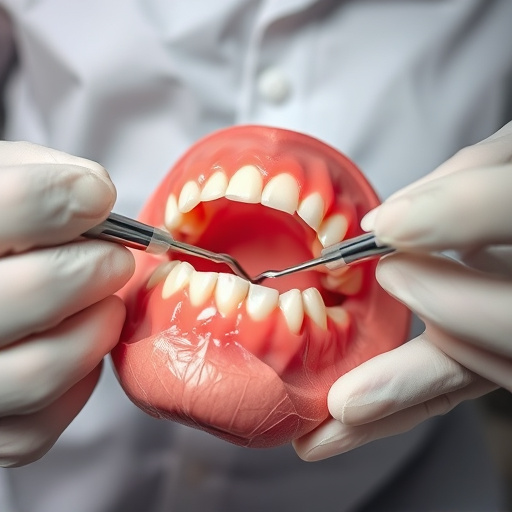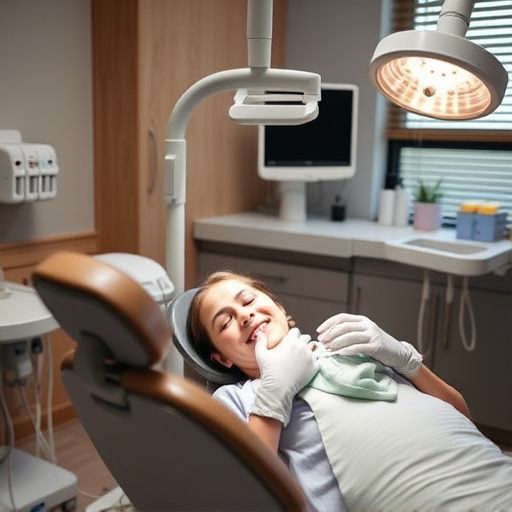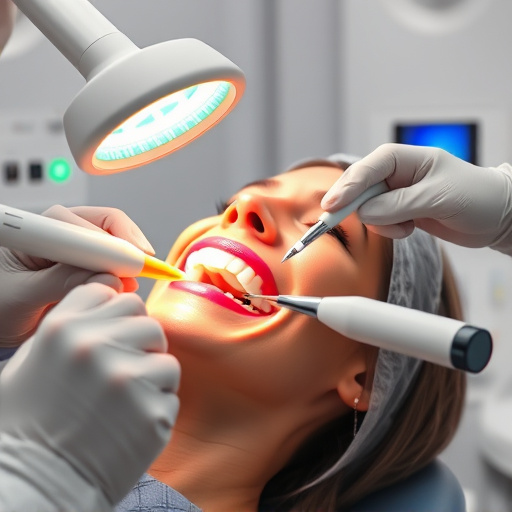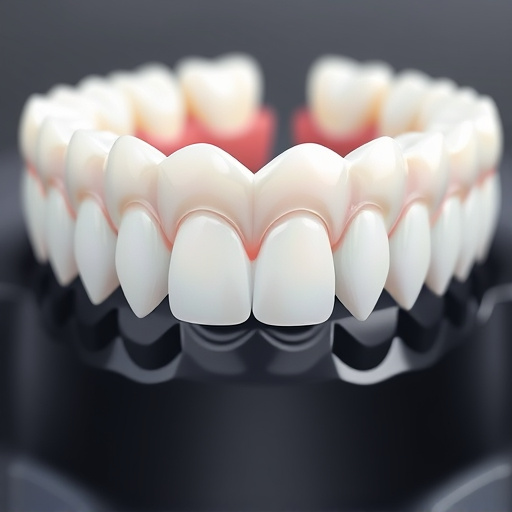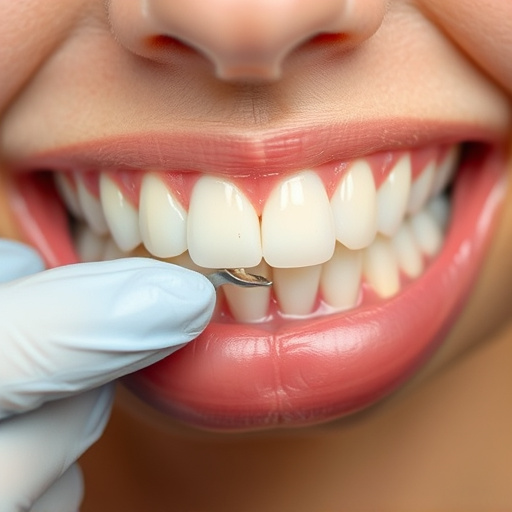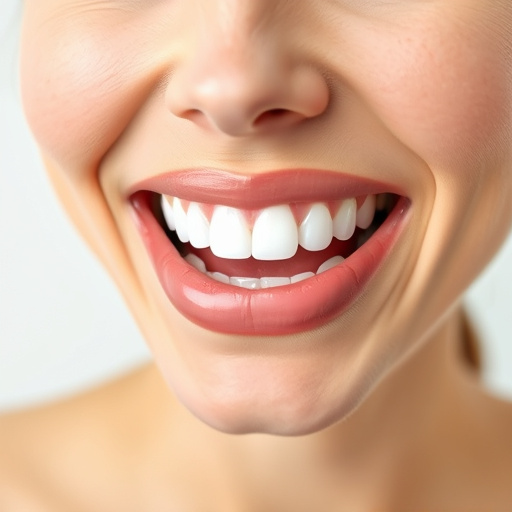3D dental imaging is revolutionizing oral health assessment by providing detailed, three-dimensional views of teeth, gums, and surrounding structures, enabling more accurate diagnoses compared to traditional 2D X-rays. This advanced technology benefits cosmetic dentistry, especially in procedures like fillings or restorations, by identifying subtle issues that 2D images might miss. It enhances treatment outcomes, patient safety, and satisfaction, while also being crucial for dental implants, restorative dentistry, and clear aligner tracking, ultimately transforming dental care for better patient results.
Get a comprehensive view of oral health with the revolutionary power of 3D dental imaging. This cutting-edge technology is transforming dental practices, offering unprecedented detail for precise diagnoses and treatment planning. By capturing detailed, three-dimensional models of teeth, gums, and jaw structures, 3D dental imaging enables dentists to uncover hidden issues, visualize complex anatomies, and plan interventions with enhanced accuracy. Explore the benefits and future applications of this game-changing technology in dental care.
- Understanding 3D Dental Imaging Technology
- Benefits of Incorporating 3D Imaging in Dental Practices
- The Future of Dental Care: Applications and Advancements
Understanding 3D Dental Imaging Technology
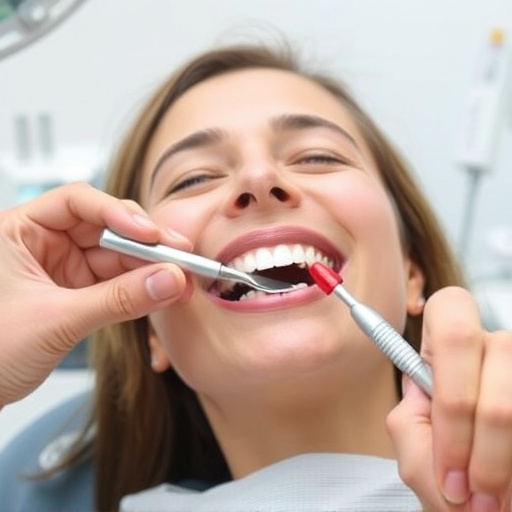
3D dental imaging technology has revolutionized the way dentists assess and diagnose oral health issues. Unlike traditional 2D x-rays that offer a limited view, 3D imaging provides a comprehensive, three-dimensional representation of your teeth, gums, and surrounding structures. This advanced technology utilizes specialized cameras and software to capture detailed images from multiple angles, allowing for precise measurements and enhanced visualization.
The benefits of 3D dental imaging are numerous, especially in the realm of cosmetic dentistry. Dentists can now more accurately plan and execute procedures such as cosmetic fillings or dental restorations. For example, 3D imaging enables them to identify subtle cracks or decay that might be missed with 2D x-rays. This level of precision not only improves treatment outcomes but also ensures patient safety and satisfaction.
Benefits of Incorporating 3D Imaging in Dental Practices

Incorporating 3D dental imaging into dental practices offers a multitude of benefits that enhance both patient care and practitioner efficiency. This advanced technology provides an in-depth, detailed view of oral structures, enabling dentists to make more accurate diagnoses. With 3D imaging, practitioners can identify issues like tooth decay, gum disease, or misalignments that might be missed in traditional two-dimensional X-rays. This allows for earlier detection and more effective treatment planning, leading to better patient outcomes.
Moreover, 3D dental imaging plays a pivotal role in procedures such as dental implants, restorative dentistry, and dental bonding. It aids in precise planning and placement of implants, ensuring optimal fit and long-term success. In restorative dentistry, detailed 3D models enable the creation of custom restorations that perfectly match a patient’s anatomy. Similarly, for dental bonding, this technology assists in visualizing and designing the final result before treatment, enhancing both aesthetic and functional outcomes.
The Future of Dental Care: Applications and Advancements

The future of dental care is bright, and at its forefront is innovative technology like 3D dental imaging. This advanced technique offers a comprehensive view of oral structures, enabling dentists to make more accurate diagnoses and treatment plans. By creating detailed, three-dimensional models of teeth, gums, and surrounding tissues, 3D imaging revolutionizes the way dental procedures are performed.
From clear aligners that precisely fit patient mouths to intricate dental bonding and cosmetic fillings, 3D dental imaging plays a pivotal role in enhancing these treatments. It allows for precise tracking of tooth movement, ensuring effective alignment during orthodontic processes. Moreover, it aids in identifying complex issues early on, potentially preventing more severe oral health problems down the line. This technology is truly transforming dental care, offering patients better outcomes and a more comfortable experience.
3D dental imaging is transforming dental care by providing a comprehensive view of oral health. By leveraging this advanced technology, dentists can make more accurate diagnoses, plan treatments with greater precision, and improve patient outcomes. As the field continues to evolve, we can expect even more innovative applications that further revolutionize dental care, ensuring healthier smiles for years to come.
